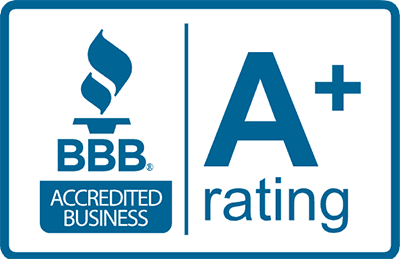Trying to save a few dollars or trying to decrease your impact on the environment? We’ve got a way to do both at the same time! It involves properly maintaining your vehicle to ensure optimal fuel economy, meaning that your car uses its fuel more efficiently. You’ll go further using less gas, so you’ll save yourself some cash and save our atmosphere from some harmful fumes. Below are our car maintenance tips for optimizing fuel economy.
Use the Right Oil
Time for an oil change? Great, now’s the perfect time to start saving yourself some money. Making sure that you’re using the right grade of oil in your vehicle means matching your oil type to your vehicle type. Certain oil grades allow engines to run more efficiently than others. For example, modern engines require lightweight oil because of their precision and tolerance. If you attempt to use thicker oil in these types of engines, it won’t lubricate was well because it won’t flow as quickly as it’s lighter counterpart. That means a less efficient engine, and more fuel being used to drive. Oil that is too thick will reduce your gas mileage because it will take more energy to push thick oil through the engine. Follow your vehicle’s owner’s manual for specifics.
Maintenance Implies Frequency
Make sure that you are visiting the service center frequently. You’re going to spend FAR less money in preventative maintenance than you would on problems after they occur. Making sure you’re servicing your vehicle frequently is hands down one of the most important things you can do to optimize fuel efficiency. Your mechanic will be able to identify problems early on that, when addressed, will help your car run better. They can help make recommendations for optimizing efficiency.
Tire Pressure
Say it with us: “I will check my tire pressure once a month.” Ok, good. We can’t stress this one enough. Not only are properly-inflated tires a crucial element for the safety of your vehicle, they also play a big role in fuel efficiency. Underinflated tires cause your vehicle to work harder, meaning it uses more fuel when it would otherwise be unnecessary. For every pound in drop of tire pressure, you lose 0.4% gas mileage. You’ll want to consult your vehicle’s owner’s manual to find out what the right tire pressure is. Also keep in mind that the temperature outside dictates a lot—for every ten degrees the temperature drops in the air, your tire loses about a pound of pressure.



